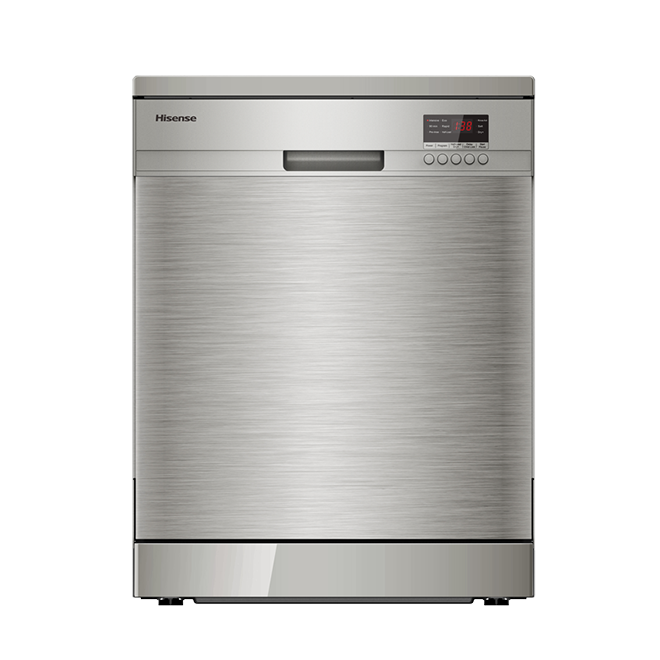A voltage stabilizer (or regulator) is an electrical device designed to maintain a consistent and stable voltage level for connected appliances or electronic equipment. It is used to counteract fluctuations or variations in the input voltage from the power supply. The primary purpose of a voltage stabilizer is to ensure that the voltage supplied to devices remains within a specified range, providing a stable and safe operating environment for electrical and electronic equipment.
Why Voltage Stabilizers are Needed on Appliances:
- Protection Against Voltage Fluctuations:
- Electrical grids may experience fluctuations in voltage due to various reasons such as load variations, power surges, or fluctuations in the power supply network.
- Voltage stabilizers protect appliances from overvoltage (high voltage) and undervoltage (low voltage) conditions, preventing potential damage.
- Increased Lifespan of Appliances:
- Appliances and electronic devices are designed to operate within specific voltage ranges. Consistent exposure to voltage fluctuations can lead to premature aging and failure of components.
- Voltage stabilizers help in extending the lifespan of appliances by ensuring that they receive a steady and controlled voltage supply.
- Optimal Performance:
- Many appliances, especially sensitive electronic equipment, require a stable voltage for optimal performance. Fluctuations in voltage can lead to issues such as flickering lights, erratic behavior in electronic devices, or inefficient operation of motors.
- Voltage stabilizers contribute to the smooth operation of appliances, enhancing their performance and reliability.
- Energy Efficiency:
- Appliances operating at the correct voltage level tend to be more energy-efficient. Voltage stabilizers help maintain the desired voltage range, ensuring that appliances operate at their optimum efficiency.
- Cost Savings:
- Preventing damage to appliances caused by voltage fluctuations can result in cost savings by avoiding repair or replacement expenses.
- Additionally, energy-efficient operation, facilitated by voltage stabilizers, can lead to reduced electricity bills over time.
- Critical Equipment Protection:
- In industrial and commercial settings, where the operation of critical machinery and electronic equipment is crucial, voltage stabilizers play a vital role in protecting these assets from voltage fluctuations that could otherwise lead to downtime and financial losses.
- Consistent Output in Unstable Power Environments:
- In regions with unreliable or inconsistent power supplies, voltage stabilizers act as a line of defense, providing a stable output voltage to connected appliances regardless of the fluctuations in the input power.
In summary, voltage stabilizers are essential for protecting appliances and electronic equipment from the adverse effects of voltage fluctuations. By ensuring a stable and controlled voltage supply, these devices contribute to the longevity, optimal performance, and energy efficiency of various electrical and electronic devices in both residential and industrial settings.
How does a Stabilizer differ from a Surge protector?
While both voltage stabilizers and surge protectors play roles in safeguarding electrical devices, they serve distinct purposes and address different aspects of electrical issues. Here’s a breakdown of their differences:
Voltage Stabilizer:
- Purpose:
- Main Function: Maintains a constant and stable voltage output.
- Protects Against: Voltage fluctuations, both overvoltage (high voltage) and undervoltage (low voltage).
- Operation:
- Regulation: Actively adjusts the incoming voltage to ensure a consistent output.
- Continuous Monitoring: Monitors the voltage levels and makes real-time adjustments.
- Applications:
- Appliance Performance: Enhances the performance and lifespan of electrical appliances.
- Sensitive Equipment: Ideal for devices that require a steady power supply, such as computers, refrigerators, and other electronics.
Surge Protector (Fridge guard, TV guard, etc):
- Purpose:
- Main Function: Diverts excess voltage from transient surges or spikes to prevent damage.
- Protects Against: Sudden, short-term increases in voltage, typically caused by lightning, power grid issues, or electrical malfunctions.
- Operation:
- Diversion: Redirects excess voltage to the grounding system, preventing it from reaching connected devices.
- Response Time: Reacts quickly to sudden voltage spikes.
- Applications:
- Electronic Devices: Protects sensitive electronics like computers, TVs, and audio equipment.
- Prevents Damage: Designed to prevent damage from power surges, ensuring the longevity of connected devices.
Combined Use:
- Comprehensive Protection: Using both a voltage stabilizer and a surge protector provides a comprehensive solution. The stabilizer maintains a steady voltage supply, while the surge protector guards against sudden spikes or surges.
- Device Longevity: The combination ensures optimal performance and extends the lifespan of appliances and electronic devices by addressing both constant voltage fluctuations and sudden surges.
In summary, a voltage stabilizer focuses on maintaining a stable voltage level, while a surge protector is designed to divert excess voltage during short-term spikes. Using both devices can offer a layered approach to protecting your electrical appliances and equipment, ensuring they receive a consistent and safe power supply.








